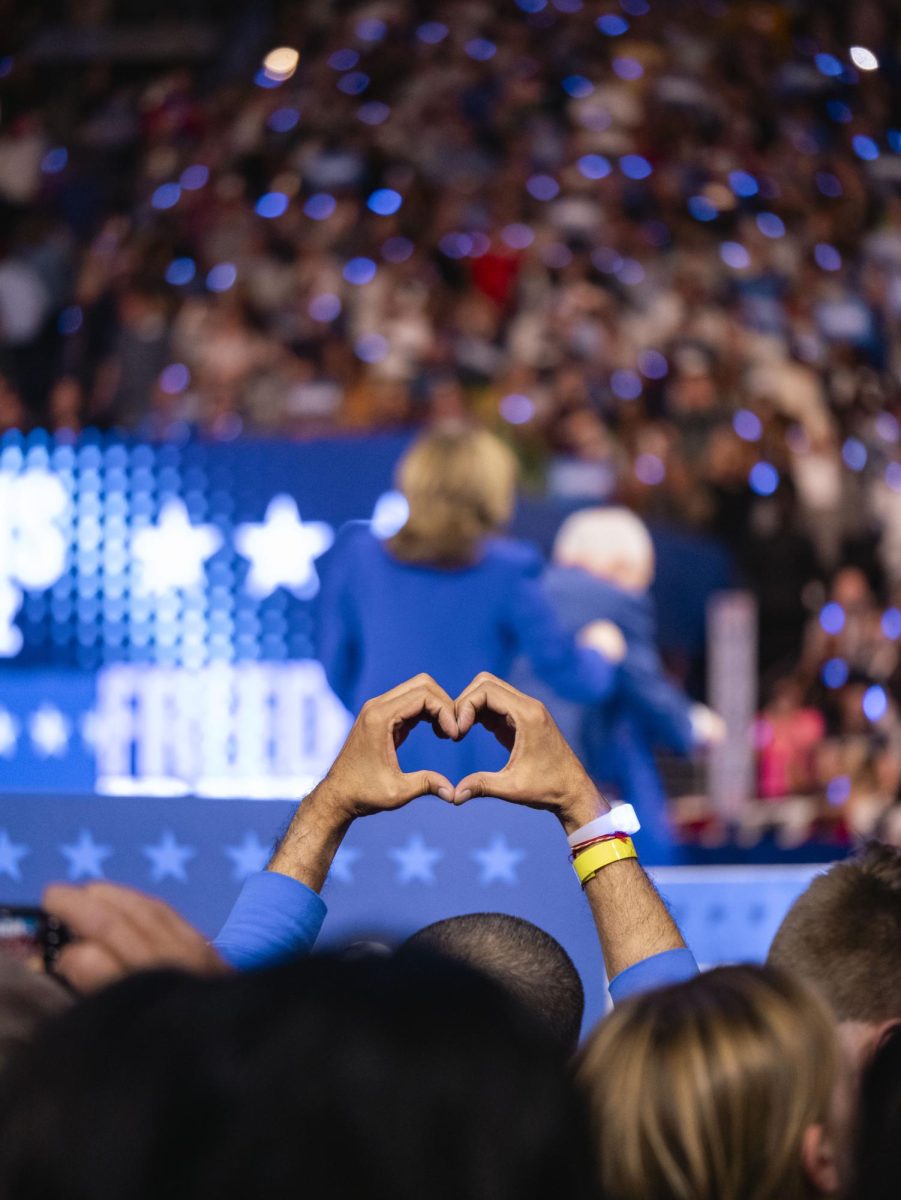You’ve probably heard about “Avatar’s” budget. Though no official figures have been released, there was speculation leading up to the film’s December release date that production costs had reached $200, even $300 million. In early November, The New York Times published an article speculating that all told, the total financial contribution of public and private backers would be close to $500 million.
Not every movie needs that kind of money. We should all be thankful, for instance, that not a penny more was spent on “Saw VI.” But in the case of “Avatar,” the mammoth investment served two purposes. The more obvious of those was the look of the movie itself. “Avatar” was pretty. It won Academy Awards for art direction, cinematography and visual effects. But the second effect of the skyscraping budget was PR. At least at first, before positive word of mouth reviews hit the street, legions of moviegoers were driven to theaters by a simple curiosity to see where all the money had gone.
So let’s talk about hype.
Watching trailers for “Up in the Air” and “Boondock Saints II: All Saints Day” back-to-back is a study in contrast. The full-length trailer for “Up in the Air” makes the movie look like every other romantic comedy out there. Between glimpses of a wedding, farmland as seen from an airplane and Zach Galifianakis breaking down after his firing, George Clooney’s voice describes scenes of Clooney firing people, Clooney arguing with a much younger woman on a dock and Clooney smiling up at a woman closer to his own age who’s lying naked in a bed. It looks, for all the world, like a classic Clooney love triangle.
On the other hand, the trailer for “Boondock Saints II” opens with choral music and a shot of a dead priest and advances to sketch out some sort of reason for the boys to get their guns. Then, a quote from one of the MacManus brothers, “Let’s do some gratuitous violence,” and Irish rock fades in over action shots of what appears to be exactly that. In short, the film looks much like its prequel — a tightly packed revenge tale with countless references to other vendetta-action flicks.
Neither plays out that way. “Up in the Air” is not a typical romantic comedy. It has no Clooney love triangle. In promoting his movie, writer/director/producer Jason Reitman (“Juno”) took the critical adoration route. Reitman and distributor Paramount Pictures entered the film in every major film festival, hoping to generate positive buzz long before the movie was released. Additionally, according to an interview with News 8 Austin, Reitman himself took off on a jet-setting public relations campaign of his own, promoting the movie in the traveling fashion of Ryan Bingham (George Clooney, “Fantastic Mr. Fox”), his movie’s protagonist.
And the method worked. By the time the movie hit theaters, the exposure was good for an opening weekend haul of $11 million. However, as “Up in the Air’s” six Oscar nominations can attest, the promotions weren’t just empty posturing. Positive reviews and word of mouth recommendations have led to its current total domestic gross of $83 million. Not bad for a movie with less than 10 percent the estimated budget of “Avatar.”
Conversely, the budget for “Boondock Saints II: All Saints Day” was only $8 million, but its studio should feel lucky to have made even that much back. The sequel to the irreverent vigilante justice movie “The Boondock Saints” appears to have been constructed as a desperate cash grab aimed at the original’s loyal fans.
Like “Donnie Darko,” “The Boondock Saints” collected a cult following based on its perceived uniqueness in the movie landscape. And like “S. Darko,” “Boondock Saints II” really sucked.
The problem is the original “Boondock Saints” wasn’t really that good, at least not in the traditional sense. It survived on the charisma of its three leads: the gun-toting, ultra-Catholic MacManus brothers (Sean Patrick Flannery, “The Whole Truth” and Norman Reedus, “Pandorum”), the flamboyant, abrasive FBI agent Paul Smecker (Willem Defoe, “Cirque du Freak”) and a simple, angry clean-up-the-streets story. But in “Saints II,” the approach seems to have been to keep every character archetype in place but then to remove the story and Defoe (his character is replaced by a drawling, sexualized female agent). Reedus and Flannery never had a chance.
So why the deceptive trailers? In the case of “Boondock Saints II,” the reason seems clear. All the hype surrounding that release came from its prequel’s avid fan base. Distributor Stage 6 Films believed — and was proven correct — they could turn profit on such an unapologetically terrible movie because that base would come out to see anything that looked sufficiently bloody, campy and Irish.
But the trailer for “Up in the Air” is more troubling. The film is cut from a different cloth than your average commercial romantic comedy. It’s delicately crafted. The ending is unconventional. Unfortunately, Paramount couldn’t trust audiences to see that film. In an era where movies like “Valentines Day” and “What Happens in Vegas” break $80 million in box office receipts, viewers can’t be counted on to value quality over clich? or even to recognize when they’re being exploited. Sadly, to paraphrase another, much more commercially successful vigilante film, “Boondock Saints II,” may not be the movie we want, but it’s probably the one we deserve.
Lin Weeks is a sophomore majoring in finance and marketing. Upset with his omission of the DVD you were most excited about renting this week? Vent at [email protected].













